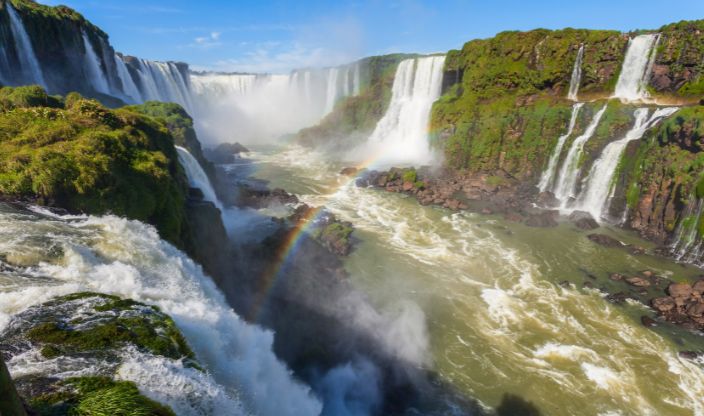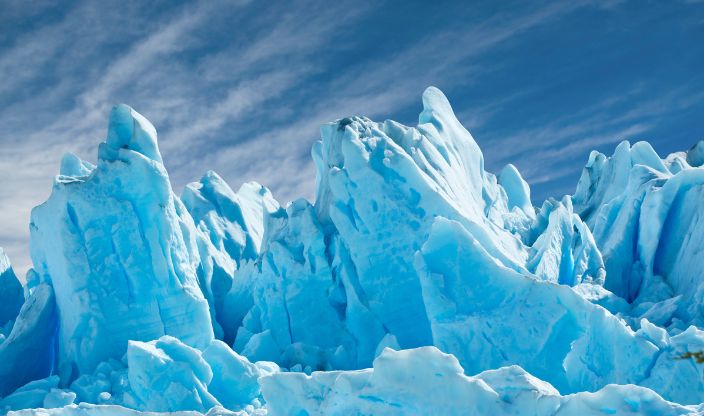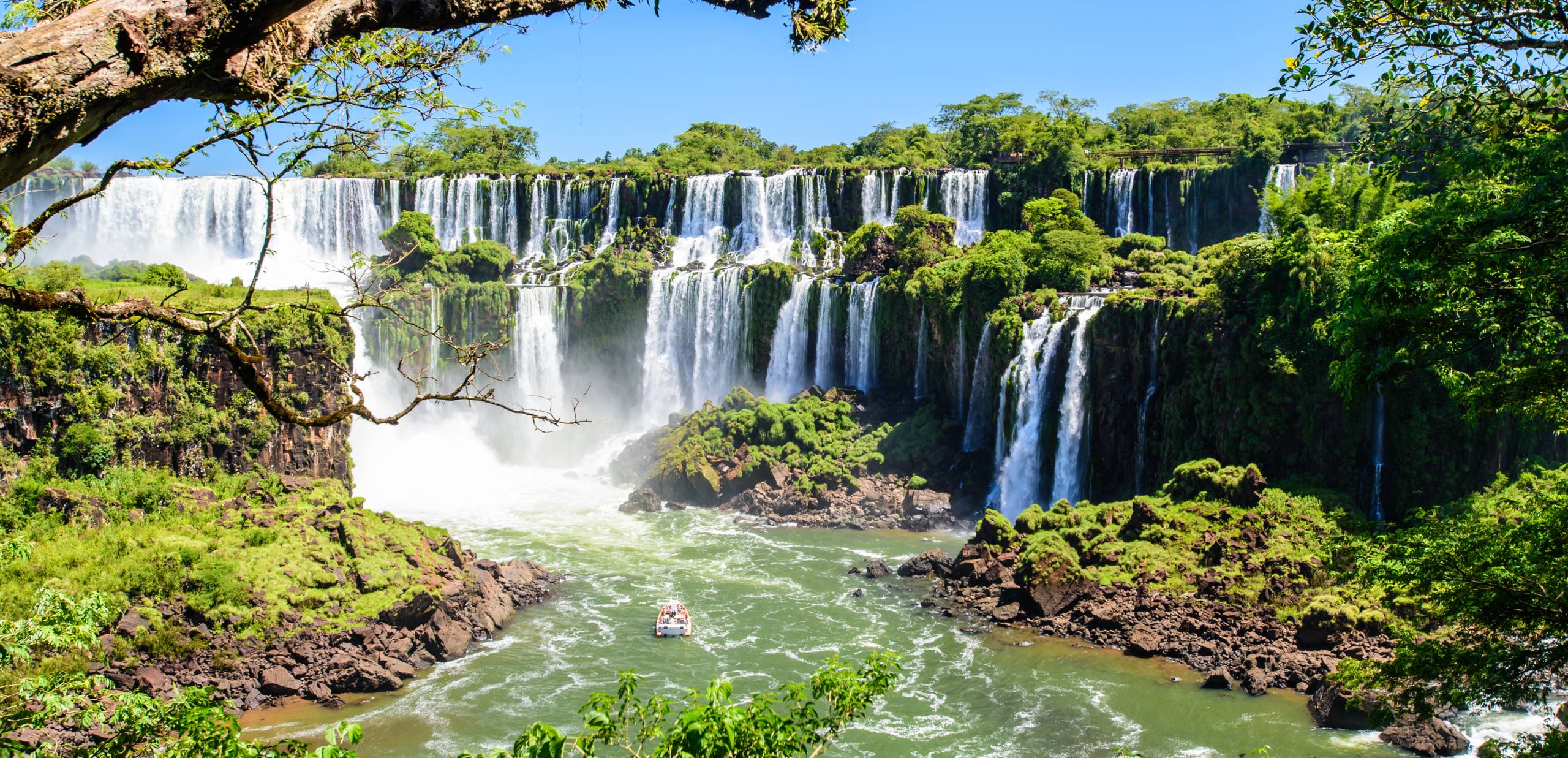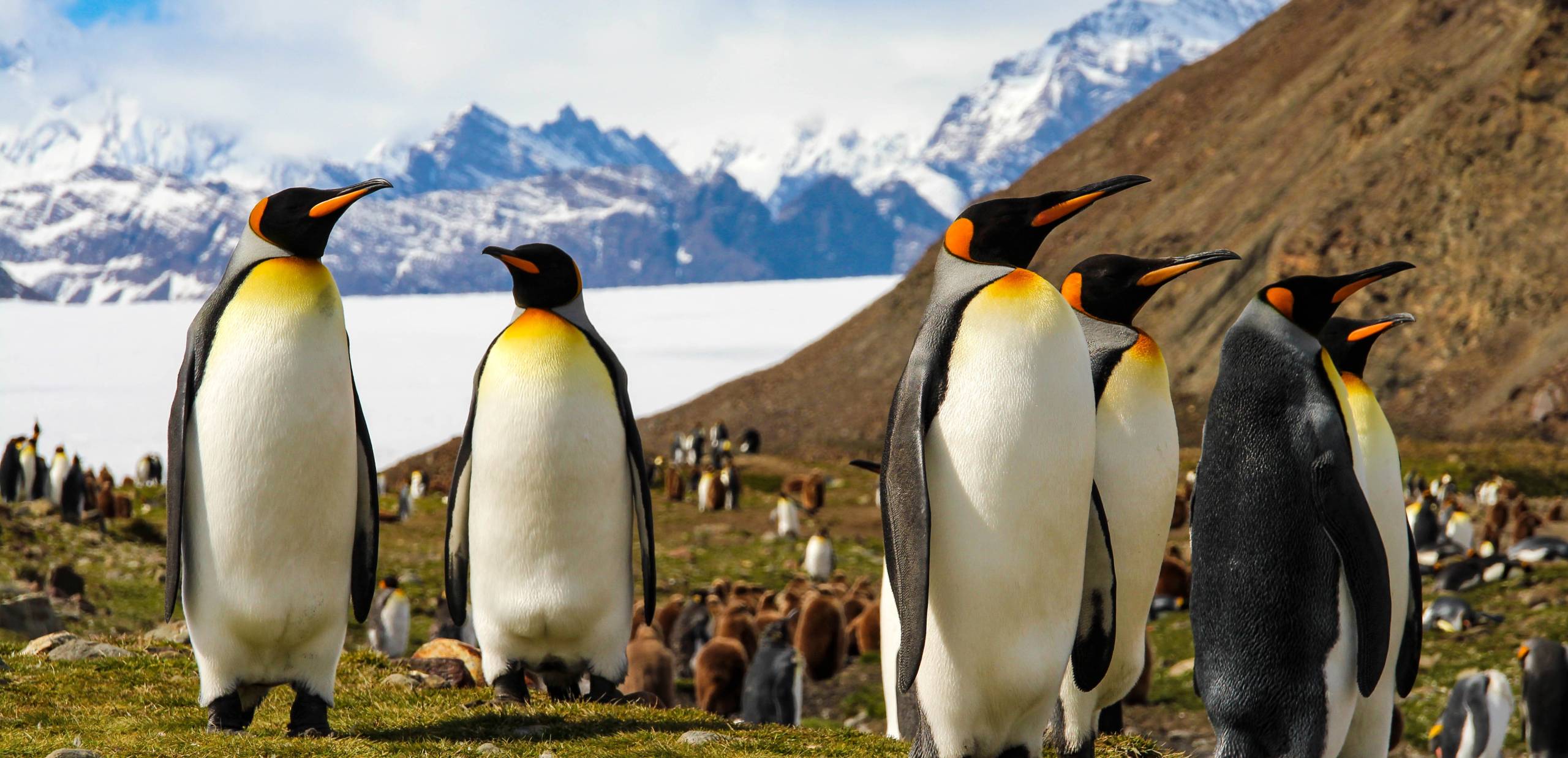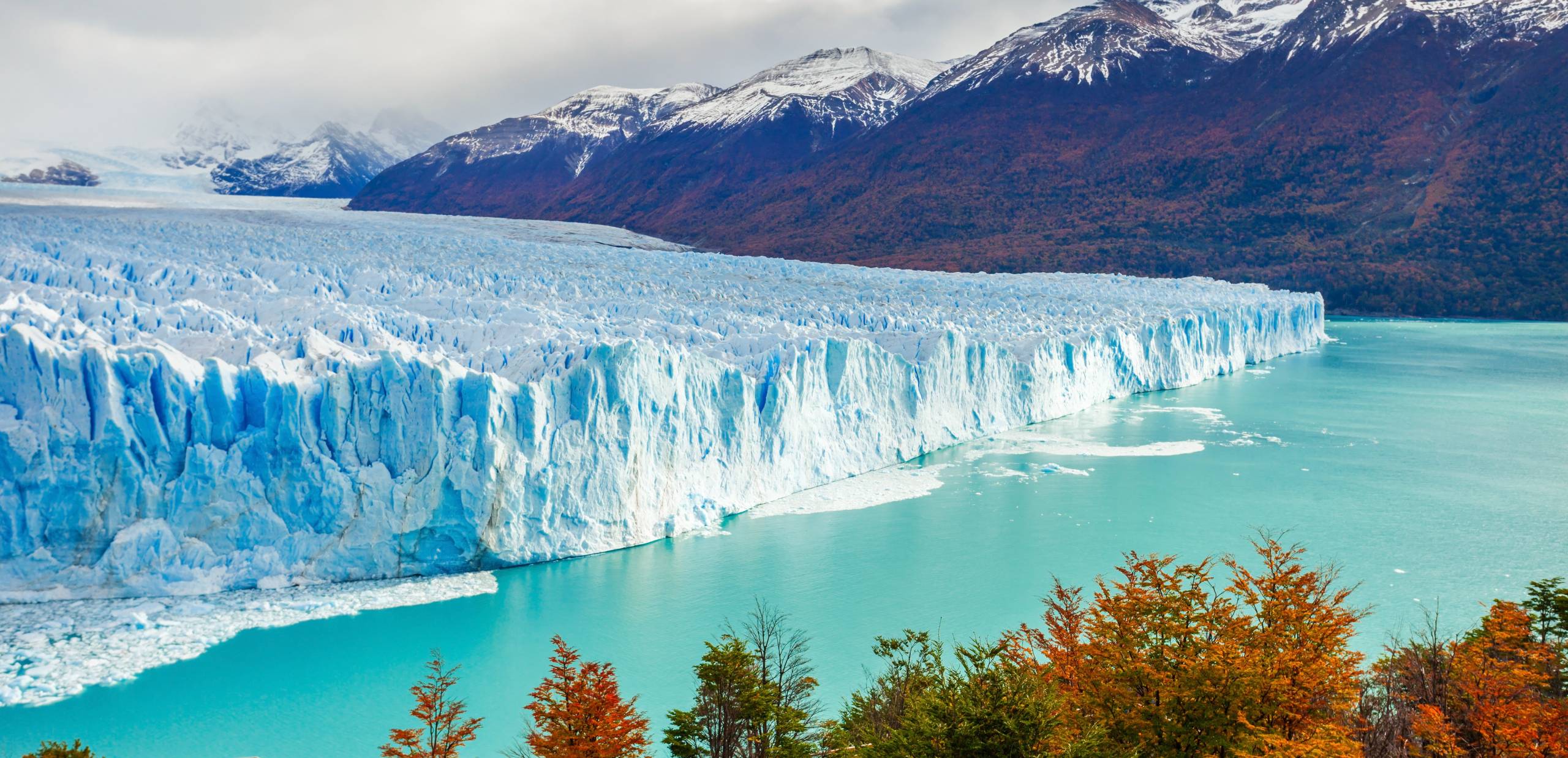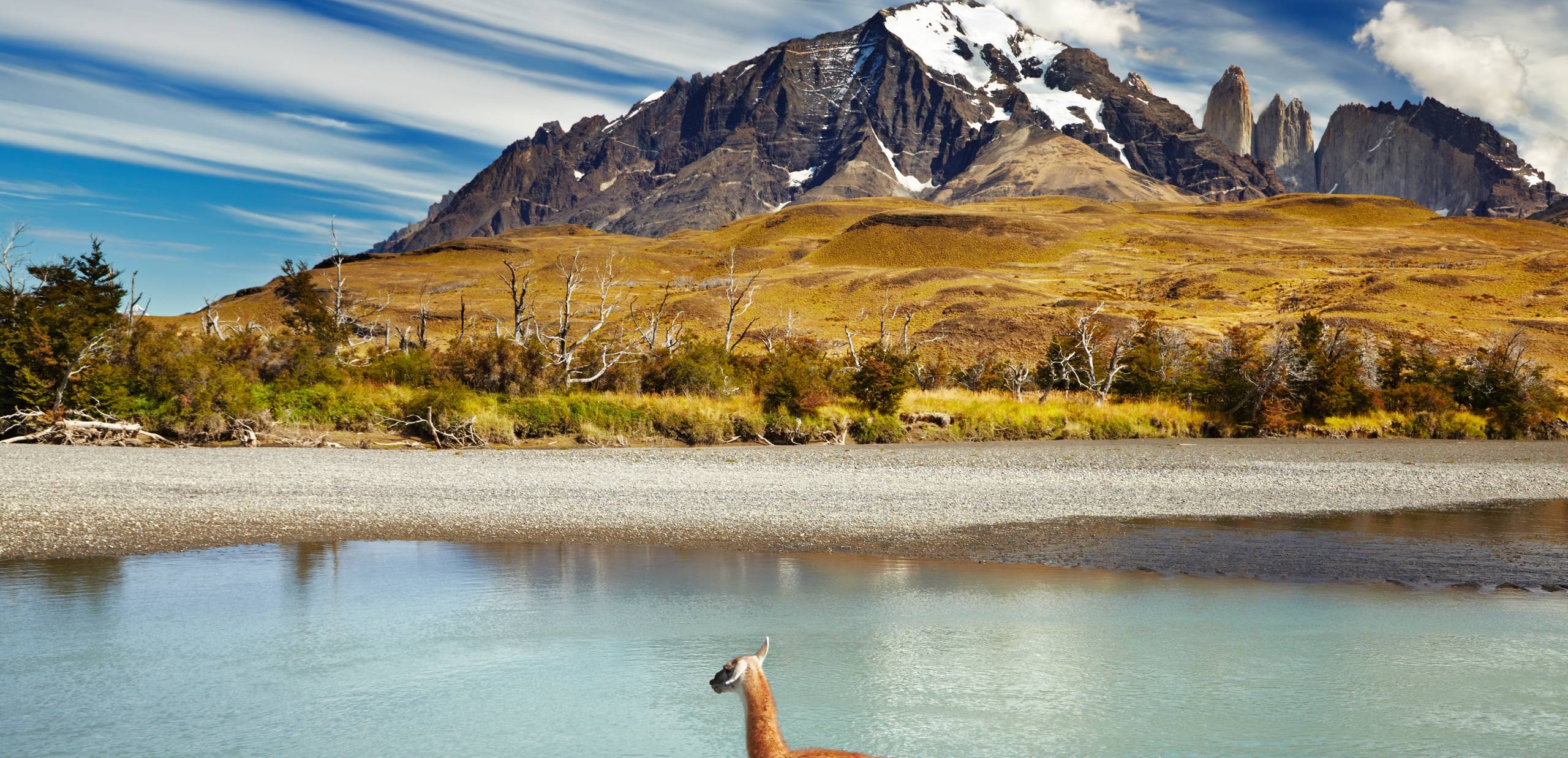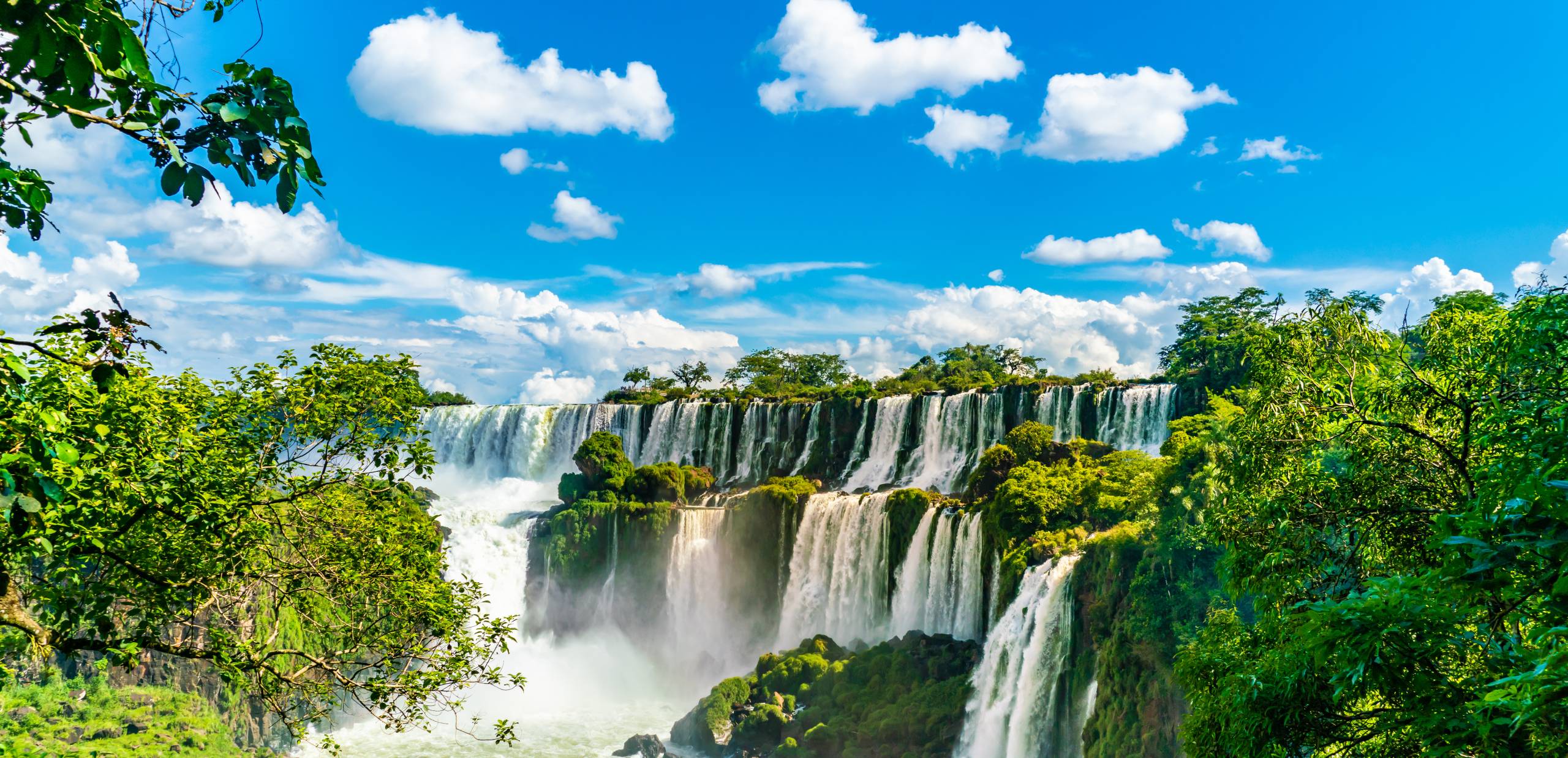Introducing Argentina
Argentina is pulsating with energy and adventure, from the vibrant streets of metropolitan Buenos Aires, which are beautiful with tango performances, upscale restaurants, and big avenues, to the rugged wilderness and expressive mountains of El Calafate, as well as the sparkling blue lakes of Bariloche. One of the most magnificent views in the world, the enormous Iguazu Falls, is located on the border with Brazil. Mendoza is the ideal place to go for sun adorned vineyards and internationally renowned malbecs, while farther north, close to Salta, are Argentina’s stunning salt flats and vast canyons, which are breath-takingly beautiful and a key area to discover.
Argentina is a large country in South America’s southern region. It is the second-largest nation in South America after Brazil and the eighth-largest nation on the entire planet. The Andes Mountains and Chile form Argentina’s western border.
The Pampas, is located to the east of the Andes. The Atlantic Ocean forms the nation’s eastern border. North of Paraguay is Bolivia, while northwest of Bolivia is Paraguay. The Andes Cordillera, the high mountain spine of the Andes, forms a 3,195-mile (5,141.9-kilometer) natural boundary with Chile.
The Andes, the North, the Pampas, and Patagonia are the four geographical regions that make up the nation.
Argentina is an all-year round destination, but the ideal time to visit is between December and March. The best time to visit Patagonia (south of Argentina) is from December to March. Although July and August can be pleasant travel months due to the cooler weather, and Buenos Aires is typically hot during these months.
From September to November, the Lake District blooms with wildflowers during the spring. Meanwhile, the gold vines of fall in the wine slopes around Mendoza stand out against the Andes. The peak of Argentinian summer is between the months of January and February, with Patagonia, El Calafate and Bariloche as key locations to explore.
Spanish and Italian gastronomy has had a significant impact on Argentine cuisine. Pizza, milanesa, and numerous pasta dishes were adopted into the Argentine diet by Italian immigrants, while empanadas and puchero are examples of Spanish cuisine. Once more, Argentina’s past as a former Spanish colony can be linked to its love of steak. You’ll be glad to know that Argentina is the fifth-largest wine producer in the world if you like wine. They are particularly well-known for their Malbec wines, which, like their beef, are primarily consumed domestically and hardly ever exported.
Some of their key dishes include:
Empanadas: fried or baked dough pockets filled with savoury fillings.
Choripan: beef or pig sausage that has been cut in half and is then served in a roll with chimichurri or salsa criolla (onion relish).
Milanesa: Prime beef slices are used to make milanesa, which are then pounded, breaded, and fried. They are typically eaten with mashed potatoes or french fries.
Asado: Spanish for “roasted,” asado is a variety of grilled meats. Although beef is preferred, other meats such as lamb, hog, and mutton are also roasted. The meats are cooked on a parrilla, a cast-iron grill, over a fire made of wood or charcoal.
Argentina is a sizable nation in South America’s southern region. It is the second-largest nation in South America after Brazil and the eighth-largest nation in the entire planet. The Andes Mountains and Chile form Argentina’s western border.
Up to 95% of the population is of European heritage, primarily from Italy, Spain, and Germany.
The region surrounding Buenos Aires is home to over half of the population. Because of its European influences, Buenos Aires has been referred to as the “Paris of South America.”
Spanish colonial rule began in 1516 and lasted for 300 years. In 1806, the Malvinas Islands, commonly known as the Falkland Islands, were invaded by the British that had defeated the Spanish forces in Buenos Aires. Napoleon’s armies overran all the Spanish cities in Spain in 1810, enabling the Argentine people to seize control of their nation. In 1816, they won their freedom. Juan Perón was elected president in 1946 as a result of his popularity among the working class. His wife Eva/Evita, established a foundation and distributed money and advantages to the underprivileged. The people were deeply saddened when she passed away from cancer in 1952. Juan Perón’s attempt to expand his power resulted in his removal from office. Perón was re-elected as president, and his new wife, Isabel, was named vice president, following many tumultuous years and the threat of civil war. He passed away unexpectedly, and Isabel took over as president, however, the nation’s economy quickly collapsed.
As many as 20,000–30,000 revolutionaries or supporters were slain during the “dirty war,” which began when the military seized power in the nation in 1976.
General Leopoldo Galtieri, the president of Argentina, seized the Falkland Islands in 1982, expecting the British wouldn’t resist. Galtieri made an error in judgement, and British forces prevailed handily.
Explore Buenos Aires and its unique blend of gorgeous architecture, fascinating museums, fantastic restaurants, lively marketplaces,interesting (and frequently intimidatingly stylish) people, and hot weather. There is much to experience such as the tango, amazing music coming from storefronts, and fervent football supporters who have painted the entire city in their team colours. Don’t miss visiting the Buenos Aires Zoo with the family also.
The largest amusement park in South America, Parque de la Costa, features rollercoasters, Ferris wheels, adventure rides, a tonne of kid-friendly activities, and shows and it is located near the capital. Families that enjoy thrilling water activities like canoeing or rafting should travel to northern Argentina, which also boasts a lot of wonderful natural pools and waterfalls for swimming. A genuinely magnificent 80-meter waterfall can be seen at the UNESCO-listed Iguazu Falls National Park, which Argentina shares with Brazil and Paraguay. Amazing rainbows can be seen frequently here; and Devil’s Throat Falls offers the greatest views. The park is home to over 2,000 flora, including giant orchids and magnificent trees, as well as over 400 bird species, including parrots and toucans, which the whole family can enjoy.
Recommended Argentina Specialists
Top Locations in Argentina
